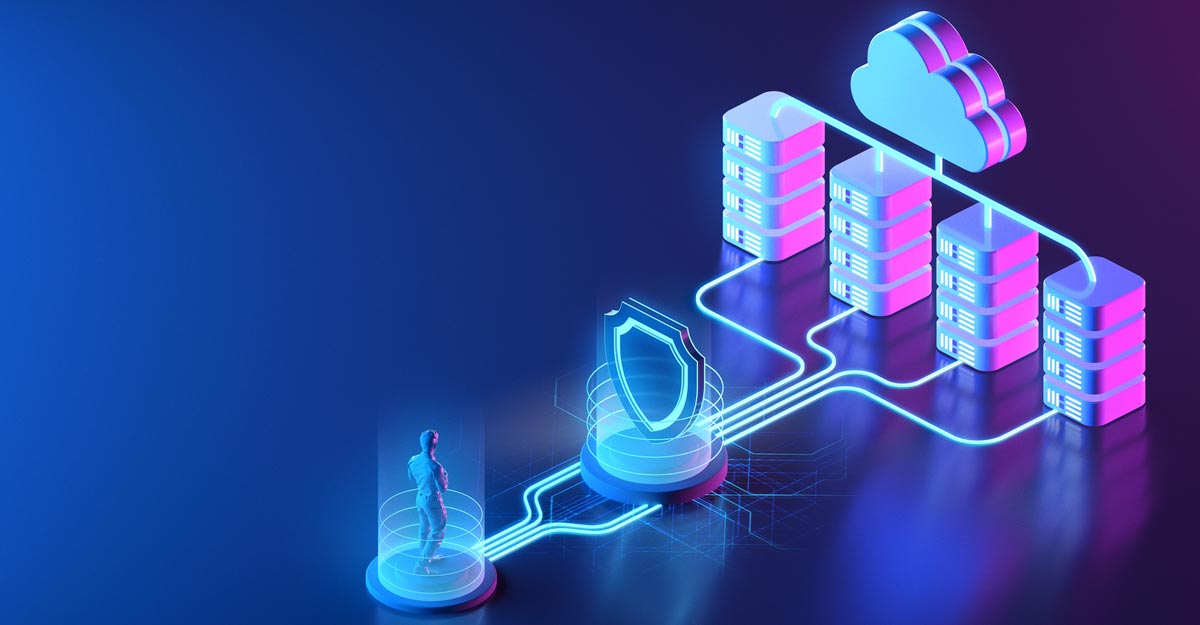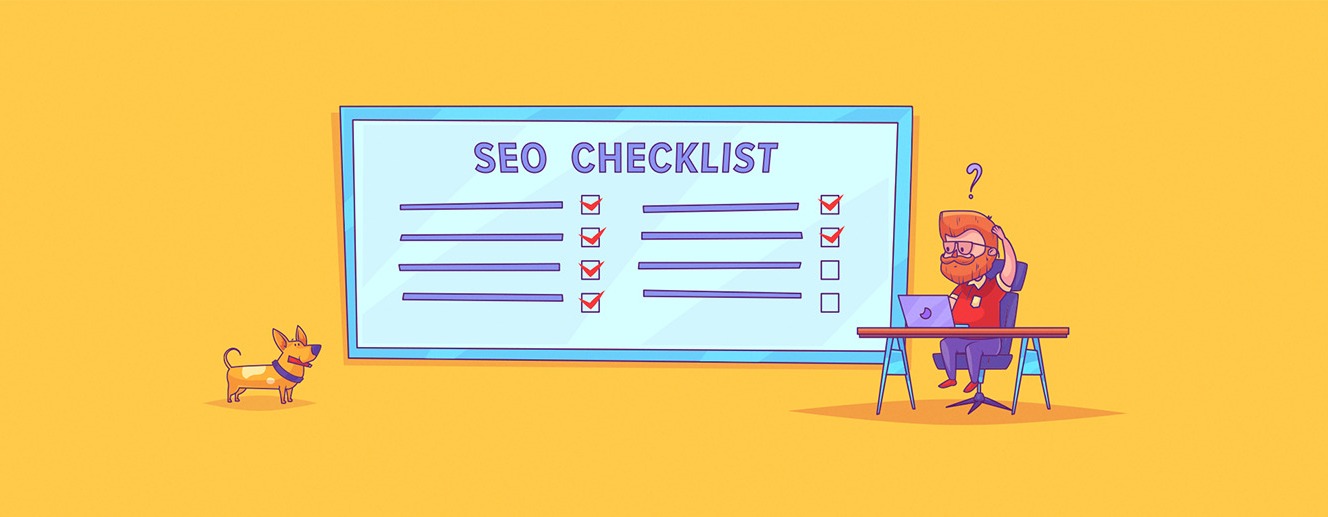The recent explosive appeal of the so-called “cryptocurrencies” brought to the fore, among other things, the technology on which they are based, namely blockchain technology or, in a direct, but not tentative, translation into Greek, “blockchain” technology.
Although initially at least, this technology was identified with these new means of payment (or transactions or, in other words, means of storing value), its consequences are not limited to the economic sectors, but have, in addition, social, political, and legal extensions.
The enthusiasm prevailing for the new technology, its advantages, and application possibilities make many talk about a revolution similar to that of the Internet, which in the coming years will radically change the structures, the way of organization, and the operation of modern societies.
Already the applications of blockchain technology cover almost all fields of the economy, while more and more companies, organizations, and public authorities are investing significant resources and piloting the new technology.
Indicatively, in February 2018, the European Commission announced the establishment of an observatory and forum for blockchain to monitor developments and promote the new technology.
What is blockchain
Briefly, the blockchain is essentially a ledger in which information and data are stored and verified, which are usually included in blocks, using cryptographic methods and in such a way as to create a continuous chain of data, while each modification of information is recorded in the register necessarily affects all subsequent entries.
A blockchain platform can be public (open) or private (closed), corresponding to public (inter)networks (such as the internet) and internal networks (intranets).
Architecture of an open blockchain platform
As we mentioned, blockchain technology is a data and information register (ledger). The fundamental difference from existing registries and databases is that a central authority is not responsible for maintaining it, but the so-called nodes, i.e. users who, having installed the required software, simultaneously update the registry for the changes to it so that at all times everyone has the same state of the registry. Instead of, for example, the bank through its central system confirming the transfer of money from A (Alice) to B (Bob), this verification is achieved by the nodes (users) by maintaining and simultaneously updating the register everyone.
By reaching an agreement (consensus) between the nodes, trust is created for the correctness of the data entered into the registry. The greater the number of nodes participating and maintaining the ledger, the greater degree of trust and neutrality is achieved. Furthermore, in order for a public/open blockchain database to be functional, the network of nodes must have an incentive and agree to operate according to moral/ethical rules.
Therefore, the ledger in a blockchain platform is not only decentralized but also distributed in the sense that the entire transaction ledger is maintained by all nodes and synchronized simultaneously so that all nodes have the same updated ledger.
The (usually open source) software of each blockchain platform determines the conditions under which the data will be entered into the registry, how it will be verified, and of course the type of information that will be entered. It also specifies the conditions and the way to create the cryptocurrency (or means of transaction or tokens) that it may foresee.
For example, while the bitcoin blockchain platform was created and until today mainly concerns transactions with the cryptocurrency of the same name, the Ethereum counterpart can integrate more complex information such as so-called smart contracts. All these operating conditions are incorporated in the protocol (whitepaper) of each blockchain platform which is available to the public via the internet.
Registration of the information in the blockchain registry according to the standard of the bitcoin platform
A key tool for the operation of the bitcoin blockchain platform, and not only, are the algorithms and complex mathematical operations with which the data and transactions carried out within the system are registered and verified. Specifically, the transaction we mentioned above, i.e. the transfer of money from Alice to Bob, is encrypted using the hashing method, through which a number (hash) is produced that incorporates the data of the transaction, among which is the private and public “key” of each user.
The same happens with the other transactions, until several transactions are completed, which are included in a block. The cryptographic elements of each transaction generated (i.e. the numbers produced through the hashing process) are further encrypted every two or more transactions, also by the same method, until a final hash number is generated, which corresponds to the total of the given block (with in this way the so-called Merkle trees are created).
In order to “complete” a block of transactions and join the chain of blocks (blockchain), a mathematical puzzle must be solved through extremely complex mathematical work (proof of work). This work is undertaken by the so-called “miners” who have installed the necessary software and have equipment with extremely high computing power.
As this operation includes data from both the previous block and this in turn from the previous one a chain of verification is created, which reaches up to the first transaction.
Therefore, any retroactive modification to a block in the chain would cause changes to all subsequent blocks and their data, as modifying even a tiny bit of data in one transaction produces a completely different hash number, and therefore the encryption of all subsequent transactions would be different, which would create an inconsistency in the transaction chain.
In order for a malicious user to be able to create such inconsistency and “convince” the rest of the network for a transaction, he would have to, due to the consensus required, possess at least 51% of the available computing power, something extremely difficult from in terms of technical and financial resources.
Briefly
The purpose of the above presentation is not to focus on the technical details of blockchain technology, which anyway are constantly being changed by new variations, but to understand its structure to highlight its main features, which are summarized as follows :
- Decentralized/distributed record-keeping of data by multiple users/nodes.
- Trust between users who are able at any time to verify any entry or transaction on the network.
- Transparency as all transactions are recorded in the registry and are publicly accessible at all times.
- Security as it is extremely difficult to modify already registered transactions.
Epigrammatically the technology is a decentralized and distributed database where entries are encrypted and verified by creating a sequence with previous entries. A common component of these features is the consolidation (or rather restoration) of trust, which now escapes central authorities as a responsibility and is transferred between users.
APPLICATIONS OF THE NEW TECHNOLOGY
Financial / Insurance services
In addition to being a decentralized means of payment, without the need for intermediaries, the technology has applications in a multitude of financial sector services. For example, the traditional way of processing and clearing transactions, in addition to being expensive, is also complicated and therefore slow, as more parties may be involved to complete a transaction, such as agents, custodians, clearing managers, etc. Each of these parties maintains its record, which, in addition to practicality, increases the potential for errors and inconsistencies.
Blockchain technology greatly simplifies the process while eliminating the need for intermediaries. The time to confirm and clear transactions are dramatically reduced, regardless of the geographical location of the traders. Most international financial institutions are now pilot-testing the new technology to exploit its potential across the range of services they provide.
As a means of processing payments, blockchain technology will be able to simplify and speed up the payment confirmation process. For example, in international Cash Against Documents (CAD) freight, the consignee must wait from several hours to several days to receive the goods, until the carrier receives certification on behalf of the consignor that the price has been paid. In an environment based on blockchain technology, the confirmation will be immediate (a few minutes) and can even be done directly from the recipient to the sender, without the intermediary of a third party (bank).
Of particular value is the new technology in the processing of insurance claims, which can be extremely complex for various reasons, such as fraudulent insured claims, fragmented data, inactive policies, etc., which can be addressed thanks to the use of registries where they will be entered with security and continuity all relevant information.
Record keeping
As blockchain technology is essentially a new way of recording and storing information in such a way as to create an interconnected chain of data, preventing duplicate entries, fraudulent entries, etc., its most obvious application is in record keeping, such as land registry, the registry office, company registry, tax registry, intellectual property rights registry (see below), etc. In addition, the technology could be applied to company accounting entries, as it significantly reduces the possibility of errors and ensures, at least to a greater extent than today’s practices, the integrity of records. Altering records once they are entered into the blockchain database will be extremely difficult, if not impossible, even by the person keeping the record.
In all of the above cases, data registration can be combined with additional functionality that is integrated into the respective platform. For example, in a pilot application of the technology by the NASDAQ exchange in 2016, users’ ownership of securities as held by a central authority (CSD) was registered, and voting rights were then assigned via tokens so that users could “spend” tokens and vote at the meetings as long as they were also holders of the corresponding right to vote.
Of particular importance may be the new technology in the registration of intellectual property rights where proof of ownership and temporal priority can be difficult and expensive, unlike blockchain technology which can provide certainty for such registrations. This information can also be extremely useful in dealing with counterfeit products by enabling the use of secure and unalterable certificates by customs and police authorities.
Smart contracts
The term “smart contracts” refers to digitized contracts in which code is embedded in the form of If – [happens] this – then [will happen] – that (if –this – then – that, IFTTT for short), which are executed automatically if the conditions set are met. Although these contracts have existed for many years in their simplest form, for example in the case of a vending machine, the integration of their operation through blockchain technology gives them new possibilities. A typical case is the so-called starter interrupter, i.e., the device that has such a contract built in, which is automatically executed if the terms of financing for the acquisition of the car are violated, in which case it does not allow the engine to be started.
Blockchain technology not only removes the need for third parties but ensures that all participants know the details of the contract and that the contractual terms will be fulfilled automatically when certain conditions are met. Parties to a smart contract negotiate key terms such as product specifications, quantity, price, time, and place of fulfillment via the blockchain, in a process similar to trading derivatives contracts on an electronic over-the-counter (OTC) platform. If millions of computers verify that Alice pays Bob 100 Euros on April 8th at 4 pm. and these computers are neutral and do not make calculation errors, then one can assume with an extremely high degree of certainty that this payment took place.
The example of the boot switch is even more typical of the possibilities of the combination of smart contracts and blockchain technology. Instead of the contractware programming being determined by the lender, it will be determined and executed by the blockchain platform. Neither party needs to trust the other to execute the contract but the neutral blockchain platform, which will execute the relevant contractual terms when the pre-agreed conditions are met.
The application of the new technology can reduce costs and credit risks for lenders, as the execution of the terms of the contracts will be automated and the recovery rate of the collateral will be higher.
This in turn will reduce financing costs, with lower interest rates, at least for those who owe the terms of a smart contract.
Governance
Digital governance and electronic voting are now much more secure as, in addition to encrypting data with a method that makes it extremely difficult to falsify, transparency is also ensured since participants can confirm that their votes have been counted and that their content it was not altered.
Blockchain technology has all the features one would look for in an online voting platform. It does not allow changes of the past, alterations of the present, or modification of the way to access the system. But most importantly, every node with access to the system can “see” the same results and every vote can be traced back to its source with certainty, without compromising the anonymity of the voters.
Another area in which the new technology would find important applications is that of non-profit organizations since donors will be able to see with certainty and transparency where their money is being used. In addition, blockchain facilitates more efficient distribution of funds and enhances their traceability.
Digital identity management
The creation of a digital identity with blockchain technology will allow better protection of the security (as a tripartite that includes confidentiality, integrity, and availability) of personal data through encryption, but above all, it will allow users to manage it exclusively according to their own needs according to the circumstances. The new technology allows the storage of encrypted personal data on the blockchain, which will be selectively shared by the beneficiary. The hash number of an identifier can be provided to a service provider without the need to access or store personal data. This user-centered approach is often called “self-sovereign identity”.
In addition, it will be possible to merge multiple identification data (identity card, passport, driving license, passwords, social security records, etc.) into a single digital identity that will allow registration in any registry.
Internet of Things
Devices that are connected to the internet, interacting with their owner and with each other, continuously providing and receiving data are characterized as smart. In this way, more efficient performance is achieved, optimal energy consumption and devices are kept in better condition while being controlled remotely. Encrypting the data of said devices in a blockchain database provides a higher level of protection and transmission of information.
Supply chain management
The immutability of blockchain technology makes it suitable for purposes such as tracking products as they change hands in the supply chain. Entries on the blockchain can be used to route events in the supply chain (such as the allocation of products as they arrive at a port to different containers). Blockchain technology offers a dynamic new way to organize and track data and products.
In addition, sensors placed on products provide complete transparency and accurate knowledge of the product supply process as they provide real-time data on their location and condition as they are transported to the global market. According to a survey by Deloitte and the association of computerization and supply chain companies in the USA. As of 2016, similar sensors were already being used by almost half of the companies in space, and their adoption is predicted to be almost universal in the coming years. Blockchain technology will store, manage, protect and transfer this smart information in an optimal way, providing real-time transparency as all participants (computers) will also keep a fully updated record of this data.
Management of intellectual property rights
One of the key issues in the field of intellectual property rights management is the complexity of ownership rights, the distribution of cryptocurrency fees, and the transparency of the operation of collective management organizations.
Blockchain technology combined with smart contracts can provide a complete and accurate database of intellectual property rights ensuring transparent real-time distribution of royalties to all beneficiaries at different levels. The use of cryptocurrencies for the direct payment of fees by users will further facilitate the optimal management of said rights.
Read more about cryptocurrencies and blockchain:
- When Bitcoin will hit 100K and why?
- LYOPAY at Future Blockchain Summit 2022: The Recap
- Why are top networkers switching to WEWE Global?
- The Power of Referral Marketing
- WEWE community can vote on platform developments
- EKO Rally Acropolis 2022 – LYOPAY Sponsor
- Token Rewards for 900 Days with Cloud Minting Program
- Blockchain and Crypto-Tech


